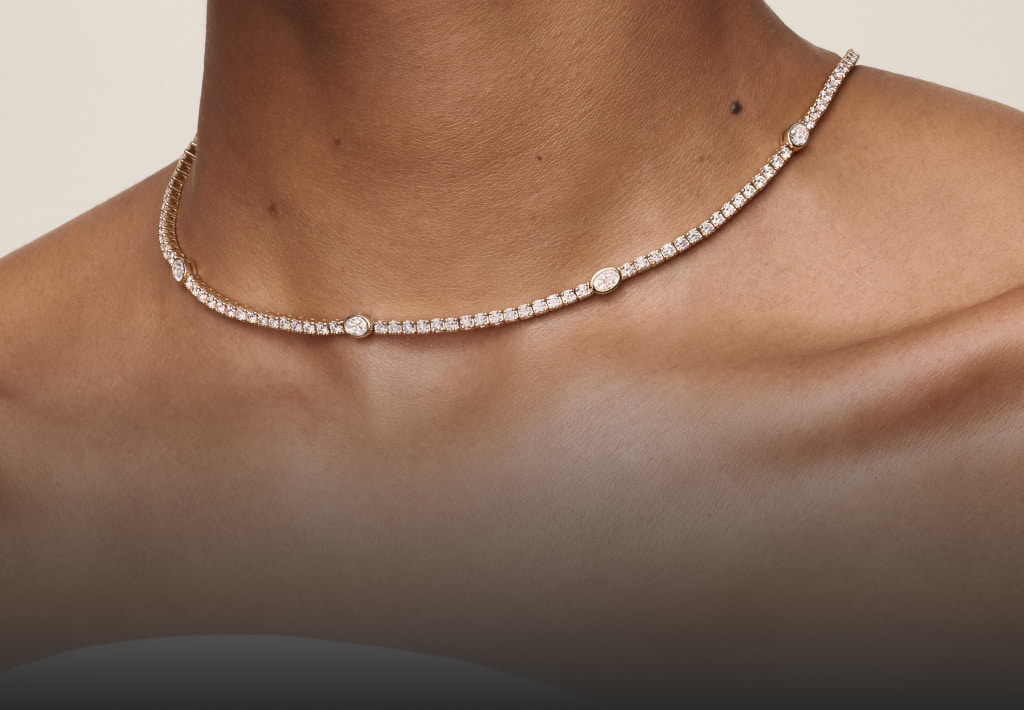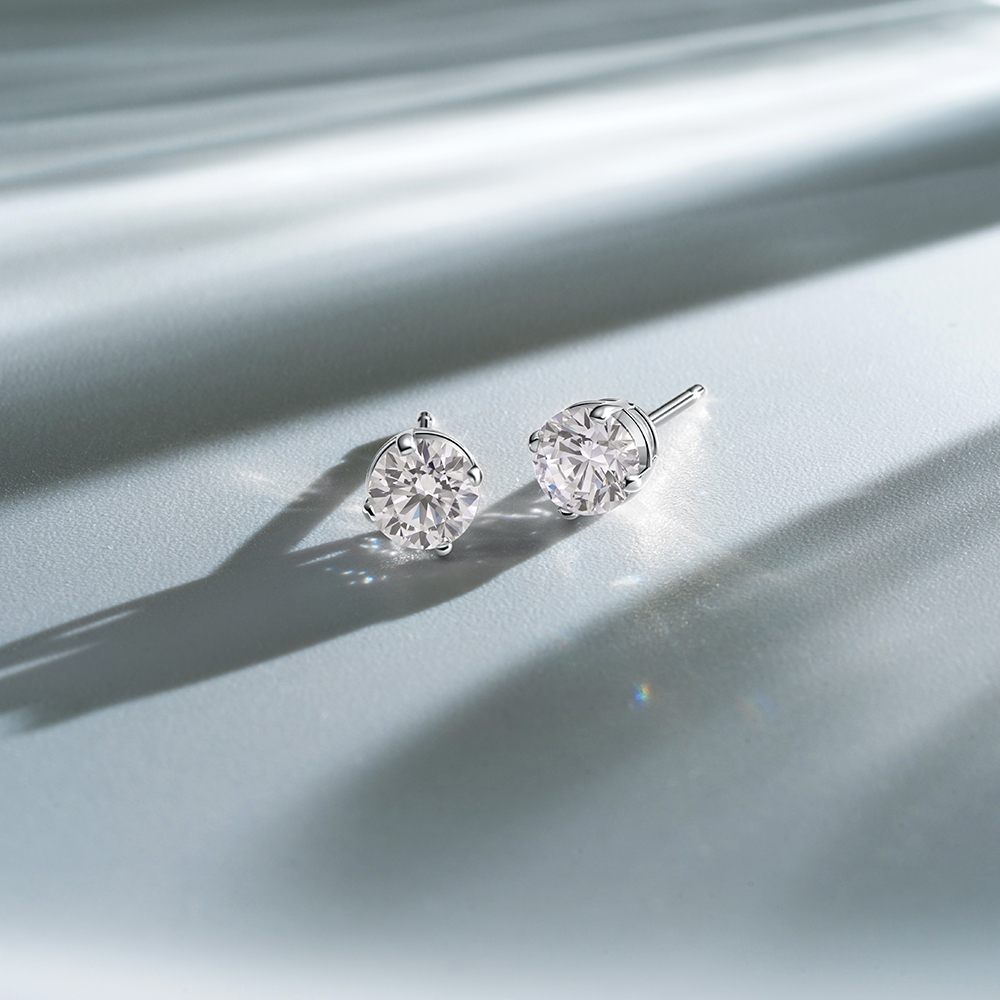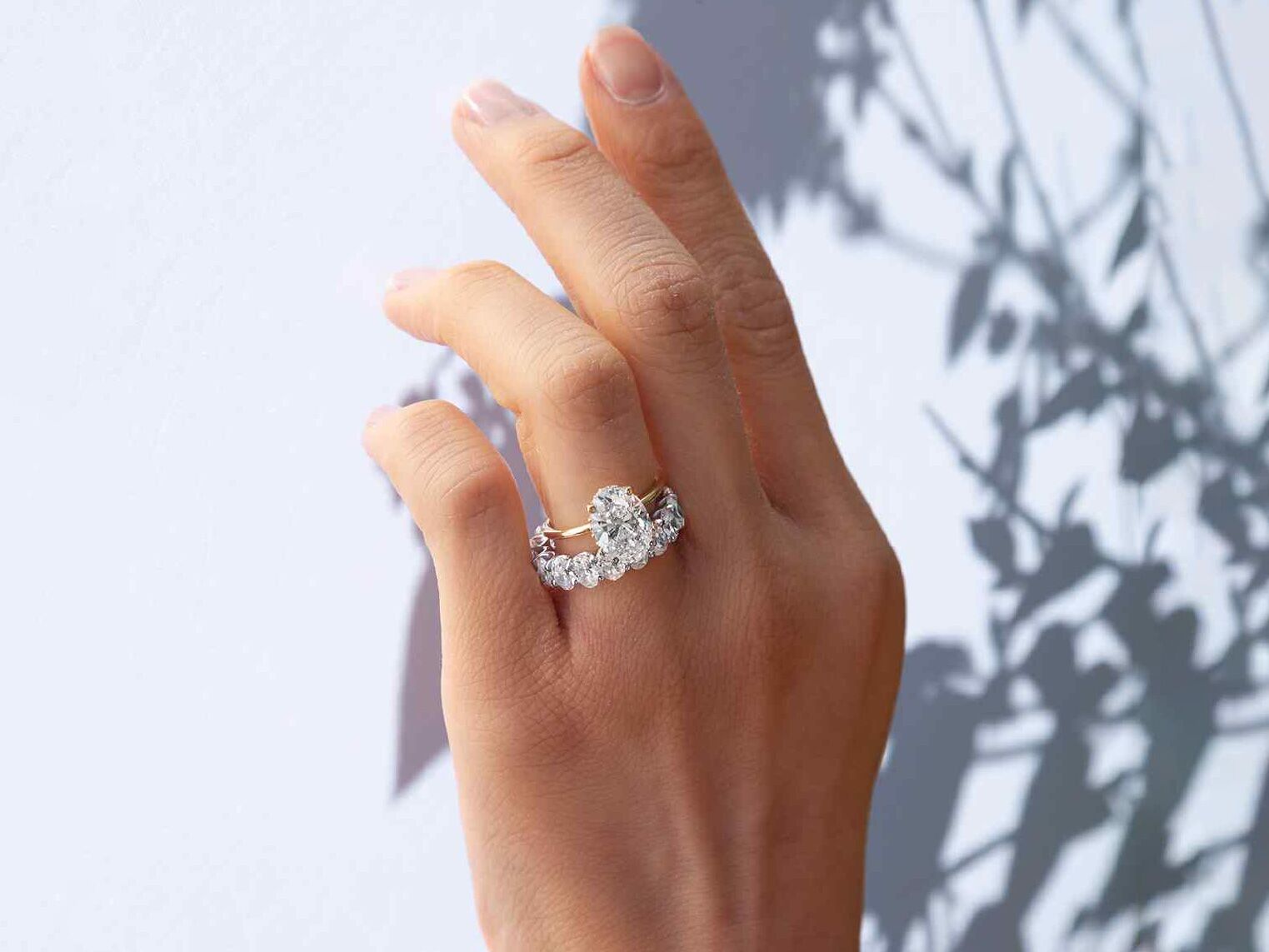
Lab Diamonds HPHT: The Brilliant Future of Man Made Diamonds
Diamonds have long symbolized beauty, strength, and luxury. Traditionally, these gems formed deep within the earth under extreme pressure and heat over billions of years. However, technological advancements have introduced an equally stunning alternative: lab diamonds HPHT and other man made diamonds. These innovations not only replicate the splendor of natural stones but also offer ethical, sustainable, and cost-effective options for today’s conscientious consumers.
What Are Lab Diamonds HPHT?
Lab diamonds HPHT are diamonds created using the High Pressure High Temperature (HPHT) method. This technique simulates the natural conditions under which diamonds form deep within the earth’s mantle. A small diamond seed is placed in carbon, and then subjected to intense heat and pressure, mimicking geological processes.
The result is a real diamond — chemically, physically, and optically identical to a mined diamond. HPHT diamonds can often be even purer than some natural diamonds, with fewer inclusions and superior color quality. This method was first developed in the 1950s, primarily for industrial purposes, but today it is widely used in the jewelry market to produce stunning gems for engagement rings, earrings, and other fine jewelry.
Understanding Man Made Diamonds
Man made diamonds, also called lab-grown or synthetic diamonds, encompass all diamonds produced outside the earth’s crust. There are two main methods for creating them: HPHT and Chemical Vapor Deposition (CVD). While both processes yield authentic diamonds, HPHT has a special significance because of its ability to produce Type IIa diamonds, which are the rarest and most chemically pure category.
Unlike cubic zirconia or moissanite, which are diamond simulants, man made diamonds are true diamonds. They possess the same brilliance, fire, and hardness as mined stones, ranking a 10 on the Mohs scale of mineral hardness.
The Rise of Lab Diamonds HPHT in the Jewelry Industry
The appeal of lab diamonds HPHT and other man made diamonds has soared over the past decade. According to a report by Bain & Company, lab-grown diamond production has grown by 15 to 20 percent annually, with market share continuing to expand, especially among Millennials and Gen Z buyers.
One reason for this growth is the increasing awareness of the environmental and ethical issues surrounding traditional diamond mining. Reports from organizations like Human Rights Watch have highlighted concerns about labor practices and ecological destruction linked to mining operations. By contrast, lab-created diamonds offer a conflict-free guarantee, allowing consumers to purchase with a clear conscience.
Moreover, man made diamonds often come at a 30 to 40 percent lower cost compared to their natural counterparts. This price difference allows buyers to afford larger or higher-quality stones without exceeding their budgets, making luxury more accessible than ever.
HPHT vs. CVD: What Sets HPHT Apart?
While both HPHT and CVD methods create authentic diamonds, there are distinct differences between the two.
HPHT diamonds tend to have better color quality because the process removes trace elements that can cause discoloration. They are particularly effective for creating colorless or near-colorless diamonds. In contrast, CVD diamonds sometimes require post-growth treatment to enhance their color.
Additionally, HPHT diamonds often exhibit a distinct growth pattern visible under a microscope, which experts can use to identify them. For consumers, though, there is no visible difference; both methods result in dazzling stones perfect for jewelry.
Some jewelers, like Brilliant Earth and James Allen, even specify the production method in their listings, allowing customers to choose based on their personal preferences.
Environmental Impact and Sustainability of Man Made Diamonds
Concerns about the environmental impact of diamond mining are a major driver for the popularity of lab diamonds HPHT and other man made diamonds. Traditional mining can result in significant land degradation, water pollution, and carbon emissions. In contrast, creating diamonds in a lab environment uses fewer resources and causes minimal disruption to the earth.
According to a study by Frost & Sullivan, lab-grown diamonds require seven times less water and generate less than one-fifth of the carbon emissions compared to mined diamonds. Although HPHT processes do consume energy, ongoing innovations, like renewable energy-powered labs, continue to lower the carbon footprint.
For eco-conscious consumers, man made diamonds represent a much more sustainable choice without sacrificing beauty or quality.
The Future of Lab Diamonds HPHT and Man Made Diamonds
The future of the diamond industry is sparkling with innovation. Experts predict that by 2030, lab-grown diamonds could represent up to 10 percent of the global diamond market. Major jewelry brands like De Beers have even launched their own lab-grown collections, recognizing the shifting consumer landscape.
Technology is also advancing rapidly. New HPHT techniques are improving the quality, size, and color range of lab-created diamonds, allowing for more options for buyers. Fancy colored diamonds, which are rare and incredibly expensive in nature, can be created in the lab with relative ease and at much more affordable prices.
Furthermore, public perception is shifting. Where once there was skepticism about lab-grown gems, now there is a growing appreciation for their innovation, ethics, and value. Celebrities, influencers, and trendsetters are proudly sporting lab diamonds HPHT in red carpet events and social media posts, further normalizing and popularizing these gems.
Conclusion
In today’s world, where consumers demand transparency, sustainability, and ethical practices, lab diamonds HPHT and man made diamonds offer an ideal solution. They capture the timeless brilliance of traditional diamonds while aligning with modern values. As technology continues to improve and awareness spreads, the popularity of lab-created diamonds will only continue to rise.
Whether you’re shopping for an engagement ring, a special anniversary gift, or simply want to treat yourself to a beautiful piece of jewelry, considering lab-grown diamonds is not just a smart choice—it’s a brilliant one.




